United Health’s 2018 Annual Report of America’s Health Rankings, the “longest-running annual assessment of the nation’s health on a state-by-state basis,” confirmed what many other reports this year have found: Drug deaths are exceedingly high, set against a backdrop of concerning mental health trends, like high suicide rates and “frequent mental distress.”
Defining health as “a state of complete physical, mental, and social well-being and not merely the absence of disease or infirmity,” the report assesses state-by-state health outcomes using a World Health Organization (WHO) model of holistic health with four determinants: “behaviors,” “community and environment,” “policy,” and “clinical care.”
Drug deaths and cigarette-smoking rates are counted among the behavioral determinants of health.
Hawaii is ranked as the state with the highest overall health, with Massachusetts and Connecticut second and third. In contrast, Louisiana bottoms out as the lowest ranked state for overall health, with Alabama at number 48 and Mississippi 49.
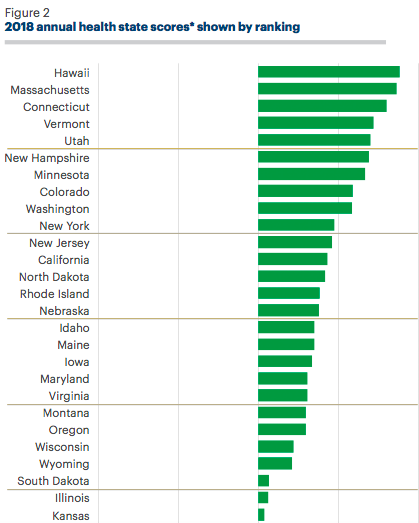
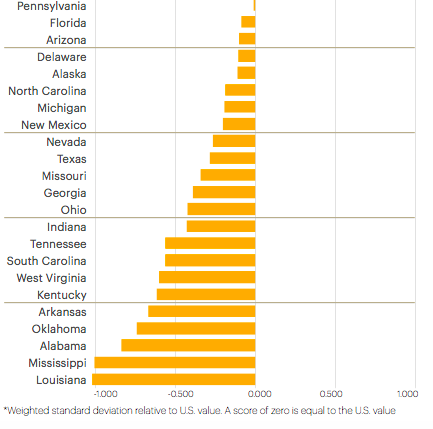
The report also offers a web tool called Adjust My Rank, allowing users to explore how determinants would need to change in order for an increased ranking.
Another finding, shown in the chart below, is that the highest rate of drug-related deaths occurred among people aged 45 to 54. There is also a high drug-related death rate among indigenous people—a demographic often marginalized in discussions about the overdose crisis. In addition, 18.7 percent of indigenous people experience “frequent mental distress,” another high rate for that demographic.
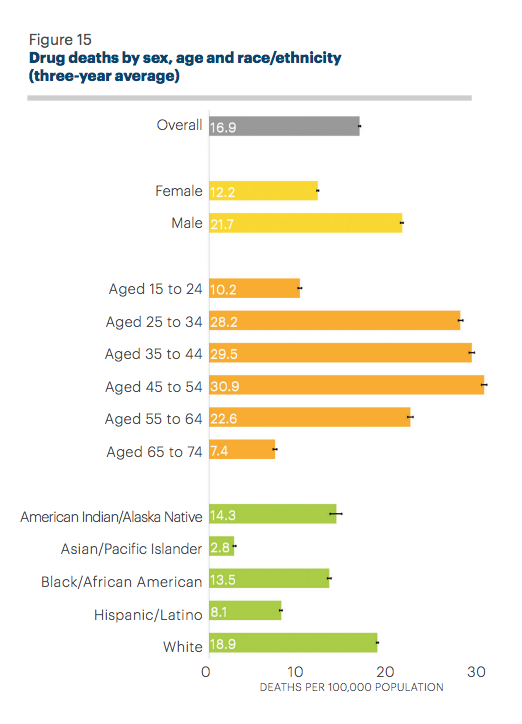
As the report notes, rates of suicide and frequent mental distress are rising nationally. Public health officials have pointed out that there is likely an under-reported overlap between suicide and overdose.
When it comes to smoking, indigenous people have the highest rate by race. In class terms, the poorer the demographic, the higher the rate of smoking. People with an annual income of less than $25,000 have a rate of 26.6 percent—almost triple the smoking rate among those with incomes of $75,000 or more.
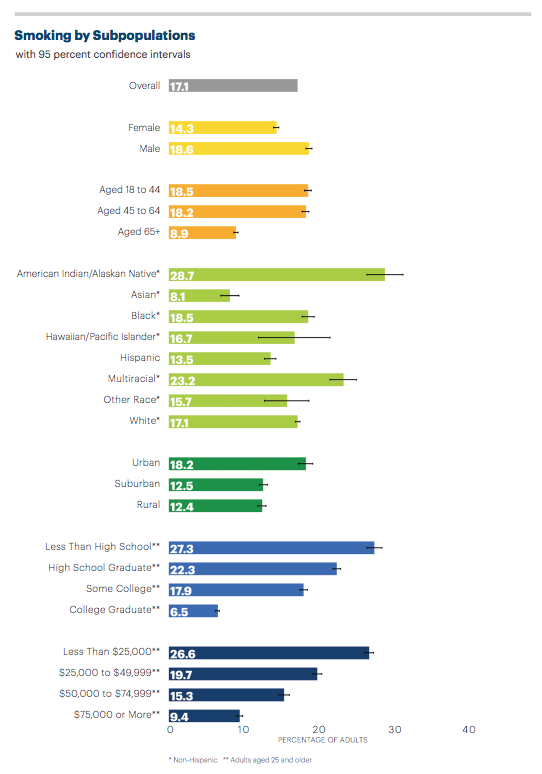
Nationally, white people have higher a drug-related death rate than all other races. But this is not uniform. Black West Virginians, for example—measured in deaths per 100,000—have a higher rate than white West Virginians.

The report also finds that New Hampshire and Ohio saw the greatest drug-death rate increases over the past three years. Although West Virginia saw the largest increase between 2007 and 2018, Figure 17 (below, right) shows that rates in New Hampshire and Ohio have been accelerating faster than between 2015 and 2018.
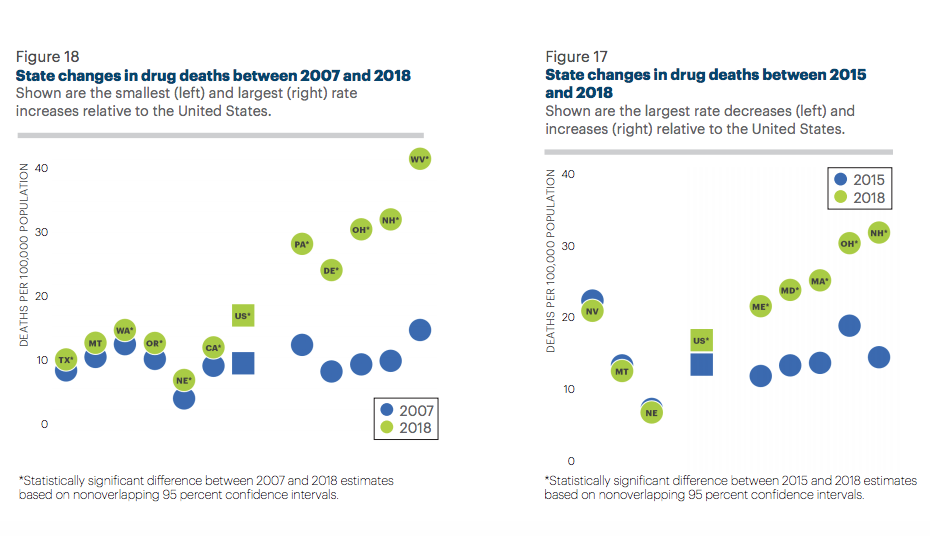
Image: United Healthcare
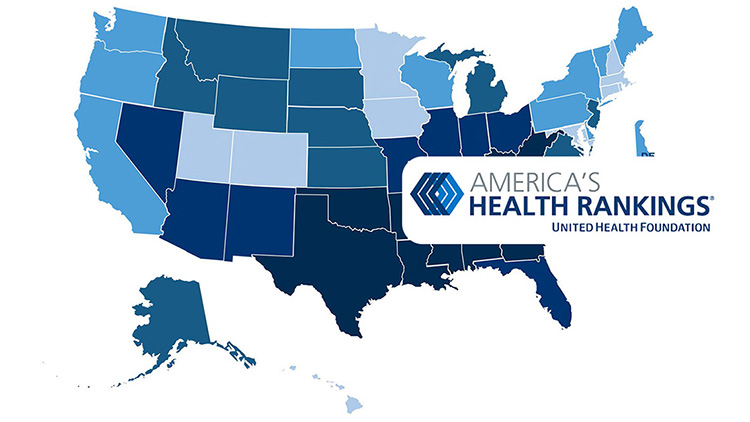




Show Comments